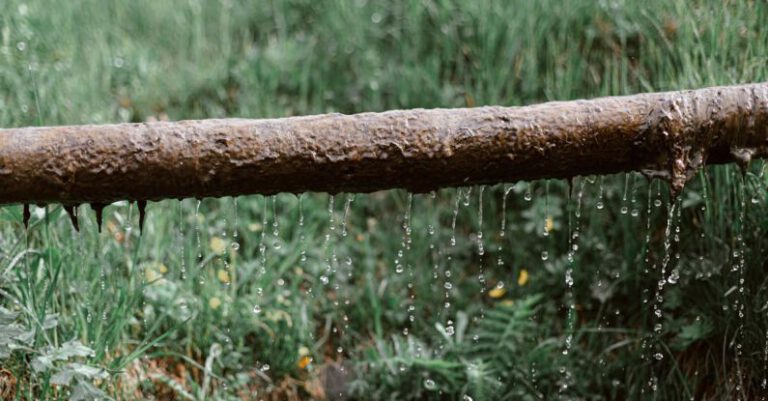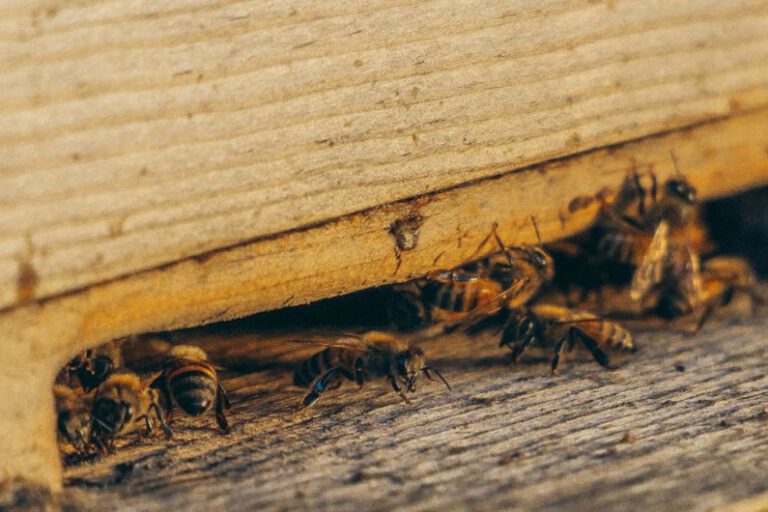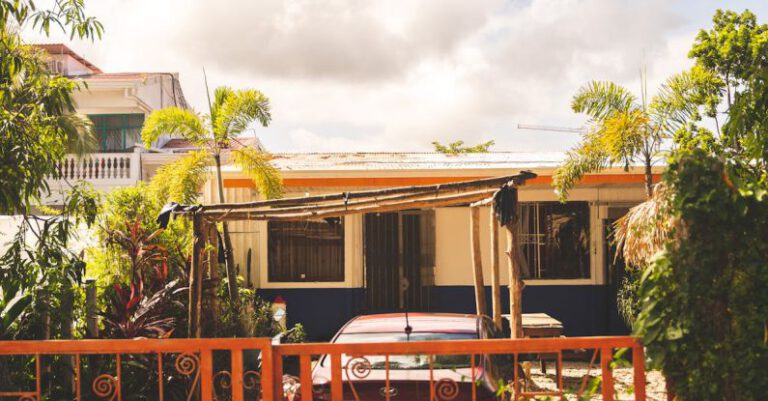Can Sealing Windows Improve Your Home’s Energy Efficiency?
As homeowners, we are constantly looking for ways to improve the energy efficiency of our homes. From upgrading appliances to installing energy-efficient lighting, there are various ways to reduce energy consumption and lower utility bills. One often-overlooked aspect of a home’s energy efficiency is the sealing of windows. Can sealing windows improve your home’s energy efficiency? Let’s dive into this topic to understand the impact of properly sealed windows on your energy usage and comfort.
Why Should You Seal Your Windows?
Windows are essential for allowing natural light into your home and providing ventilation. However, they can also be a significant source of energy loss if they are not properly sealed. Gaps and cracks around windows can let cold air in during the winter and hot air in during the summer, forcing your HVAC system to work harder to maintain a comfortable temperature. By sealing your windows, you can prevent air leaks, reduce energy waste, and create a more comfortable living environment.
Types of Window Seals
There are several types of window seals available to help improve your home’s energy efficiency. Weatherstripping is a popular option that involves applying a strip of material around the edges of the window to create a tight seal. This helps prevent drafts and air leaks, reducing heat loss in the winter and heat gain in the summer. Another common sealing method is caulking, which involves filling in gaps and cracks around the window frame with a waterproof sealant. Caulking is effective at sealing small openings and preventing air infiltration.
Benefits of Sealing Windows
1. Energy Savings: One of the primary benefits of sealing windows is the potential for energy savings. By reducing air leaks and improving insulation, sealed windows can help lower your heating and cooling costs. Your HVAC system will not have to work as hard to maintain a consistent temperature, leading to reduced energy consumption.
2. Improved Comfort: Sealing windows can also enhance the comfort level in your home. By eliminating drafts and cold spots near windows, you can create a more even temperature throughout your living space. This can help you stay comfortable year-round and reduce the need to constantly adjust your thermostat.
3. Environmental Impact: Improving your home’s energy efficiency by sealing windows can have a positive impact on the environment. By reducing your energy consumption, you can lower your carbon footprint and help conserve natural resources. Making small changes like sealing windows can contribute to a more sustainable lifestyle.
Sealing Windows: DIY vs. Professional Installation
While some homeowners may choose to seal their windows themselves as a DIY project, others may opt for professional installation. DIY window sealing kits are readily available at hardware stores and can be a cost-effective solution for minor drafts. However, for older windows or more significant air leaks, professional installation may be necessary to ensure a proper seal.
Conclusion: Enhancing Your Home’s Energy Efficiency
In conclusion, sealing windows can be a simple yet effective way to improve your home’s energy efficiency. By addressing air leaks and improving insulation, you can reduce energy waste, lower utility bills, and enhance the comfort of your living space. Whether you choose to tackle the project yourself or hire a professional, investing in window sealing can have long-term benefits for both your wallet and the environment. Take the necessary steps to seal your windows and enjoy a more energy-efficient home.






